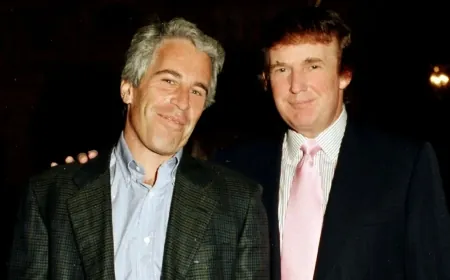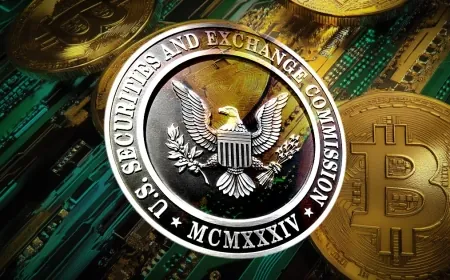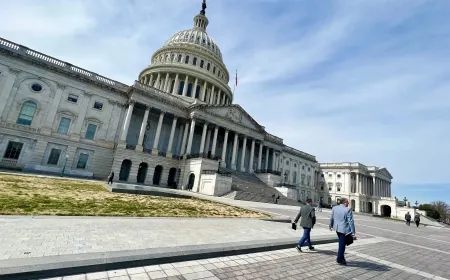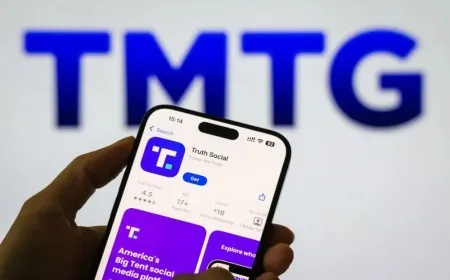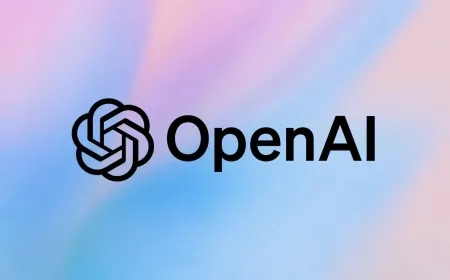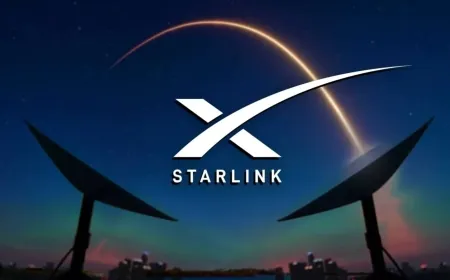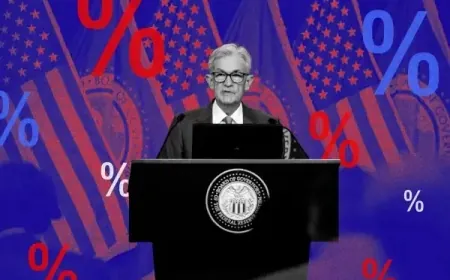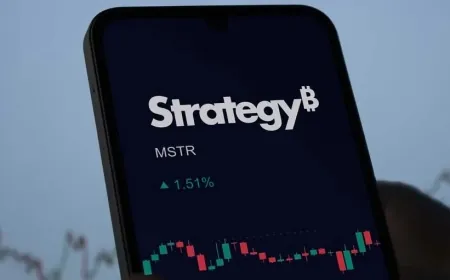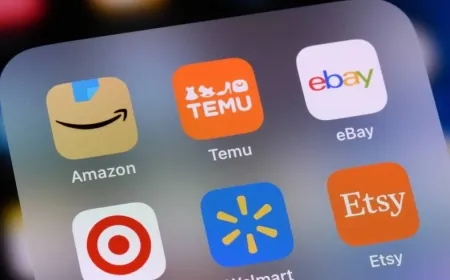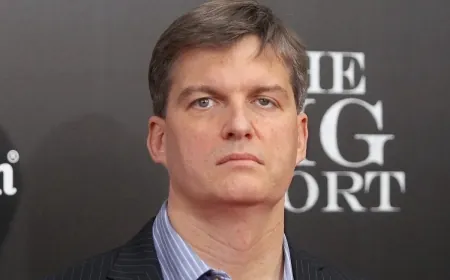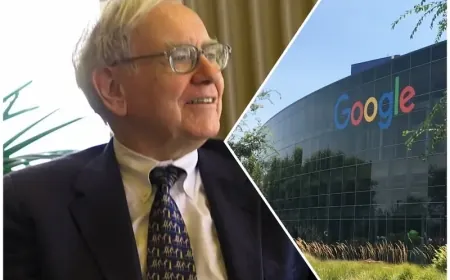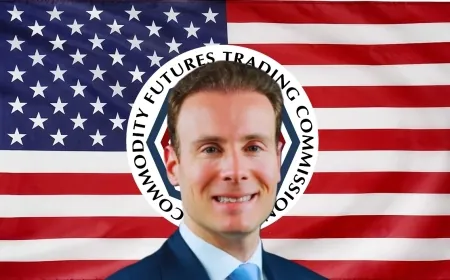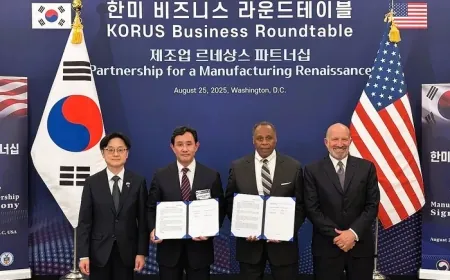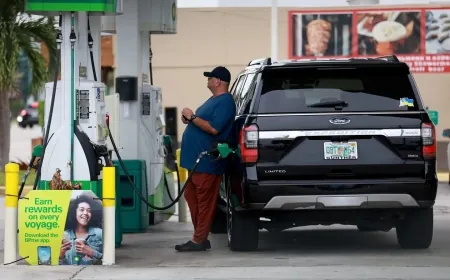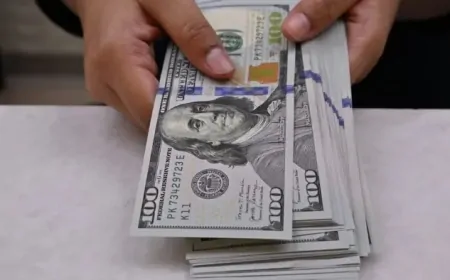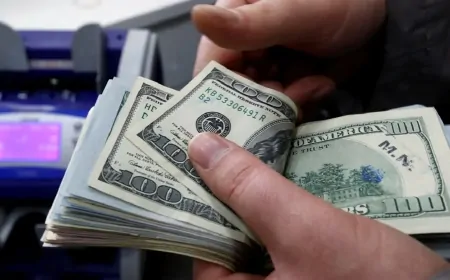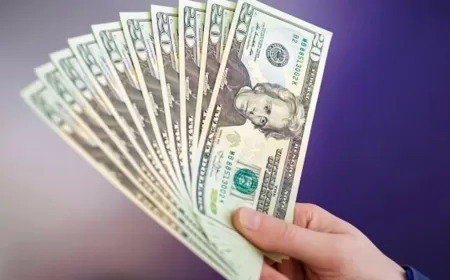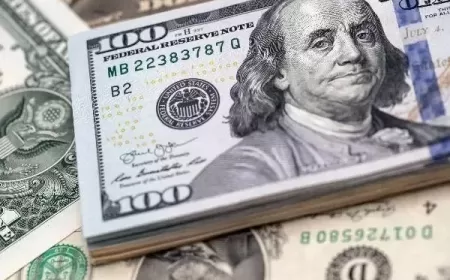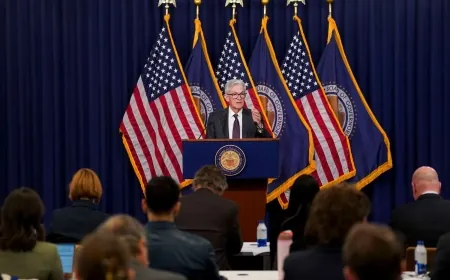Amazon to Pay $2.5B for Misleading Prime Memberships | FTC Settlement
Amazon will pay $2.5B to settle FTC claims over misleading Prime enrollments and difficult cancellations, refunding millions of customers.
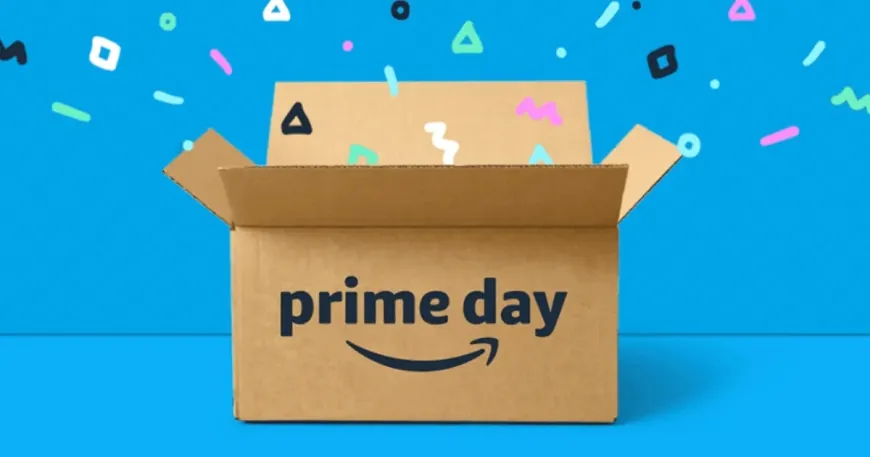
Amazon has agreed to pay $2.5 billion to settle allegations from the Federal Trade Commission (FTC) that it misled customers into signing up for its Prime membership program and made it unnecessarily difficult to cancel. The settlement includes $1.5 billion in refunds for affected customers and a $1 billion civil penalty, the largest penalty ever imposed by the FTC for a violation of its rules.
How Customers Were Misled
The FTC found that Amazon used design features on its website to encourage users to enroll in Prime without clearly understanding what they were signing up for. Some of the tactics identified in the investigation include:
-
Single Page Checkout enrollment: Between June 23, 2019, and June 23, 2025, customers who bought products on Amazon could unknowingly enroll in Prime through a streamlined checkout process that included pre-selected options. Many customers reported being surprised when they were charged for Prime because they did not explicitly agree to the subscription.
-
Confusing language and hidden charges: Some buttons and text on the checkout page were labeled in ways that obscured the fact that a recurring payment was involved. Customers often clicked “Continue” or “Proceed” thinking they were completing a one-time purchase, only to be enrolled in an automatic Prime subscription.
-
Complicated cancellation process: Customers who tried to cancel Prime found the process cumbersome. The FTC highlighted that cancellation often required multiple steps through hidden menus, with vague instructions that delayed refunds.
Internal Amazon documents revealed that company executives and employees were aware of these issues. Emails and notes discussed the challenges of users opting out, and some staff referred to the practices as a problem that could harm Amazon’s reputation if exposed.
Who Will Receive Refunds
Approximately 35 million customers who were affected by these practices are eligible for compensation. Each customer may receive around $51, though exact amounts could vary depending on the circumstances of their subscription and cancellation attempts.
Amazon is required to distribute the refunds within 90 days. Customers who had difficulty canceling their Prime membership may be eligible for additional compensation, which can be claimed through a dedicated FTC portal.
Required Changes to Amazon’s Subscription System
As part of the settlement, Amazon must change how it enrolls and cancels Prime memberships to prevent further confusion:
-
A prominent “Decline Prime” button must appear on checkout pages, making it impossible to miss when a customer does not want a subscription.
-
Amazon must provide clear information about the cost, billing schedule, and auto-renewal terms of Prime before customers confirm enrollment.
-
The cancellation process must be straightforward, taking as few steps as possible and not requiring customers to navigate complex menus or wait extended periods for confirmation.
An independent monitor will review Amazon’s compliance to ensure these changes are implemented correctly.
Amazon Prime Revenue and Membership Details
Amazon Prime charges $139 annually or $14.99 monthly and provides members with free two-day shipping on millions of items, access to Prime Video and Amazon Music, and discounts at Whole Foods.
As of mid-2025, Prime has more than 200 million paying members worldwide. In its July 2025 financial report, Amazon recorded $12.1 billion in subscription revenue from Prime and other services, representing a 12% increase from $10.8 billion in the same period last year.
Revenue from Prime comes from both annual and monthly subscription fees, while other Amazon subscriptions—like Kindle Unlimited e-books, Amazon Music, and Amazon Channels—contributed approximately $2.3 billion to the total. Analysts note that Prime subscriptions account for roughly 75–80% of Amazon’s subscription revenue, highlighting the financial importance of the service in sustaining Amazon’s recurring revenue streams.
FTC Investigation Timeline
The Federal Trade Commission opened its investigation into Amazon in June 2023 after receiving numerous complaints from customers about misleading Prime enrollment and difficult cancellation processes. The FTC reviewed internal Amazon documents, customer complaints, and website practices to determine whether the company had violated consumer protection rules.
The case proceeded through two years of investigation and legal preparation, including reviewing evidence, gathering witness statements, and preparing for trial. A jury trial began in Seattle in September 2025. After reviewing the evidence for two days, Amazon and the FTC reached a $2.5 billion settlement, resolving the case without a full trial verdict.
How Consumers Will Benefit
The settlement will make it easier for customers to manage their Prime memberships.
-
Customers will be able to see and change their subscription settings more easily, including cancelling if they no longer want Prime.
-
Trial offers and subscription options will be presented clearly, reducing accidental sign-ups.
-
Amazon will provide clearer notifications about charges, renewal dates, and membership details, so customers know exactly what they are paying for.
-
The changes are monitored to ensure Amazon continues these improvements and avoids confusing or misleading practices in the future.
These updates give customers more control and transparency, making it simpler to decide whether to join or stay in Prime without facing unexpected charges or complicated cancellation steps.
How Regulators Are Watching Amazon
The Federal Trade Commission (FTC) is checking whether Amazon uses its size and control of the market to charge higher prices or make it harder for other sellers to compete.
This review is separate from the Prime refund case. The FTC is looking at things like:
-
How Amazon’s search and product placement rules affect small businesses.
-
Whether Amazon’s fees and policies give the company an advantage over other sellers.
-
How Amazon handles other subscription services, like music, e-books, and video streaming, to make sure payments and renewals are fair and clear.
The goal is to make sure Amazon does not exploit its position to limit competition or mislead customers in any part of its business.
Settlement Ends FTC Case, Forces Changes to Prime
The $2.5 billion settlement resolves the FTC’s investigation into Amazon’s Prime enrollment and cancellation practices. Millions of customers will receive refunds, and Amazon must make it easier to opt out of Prime and cancel memberships.
The changes aim to prevent accidental charges and give customers clear control over their subscriptions. The settlement also signals that regulators are willing to hold major tech companies accountable when subscription practices mislead consumers.
Also Read: Amazon Launches AI Seller Assistant to Streamline Inventory, Compliance & Ads
